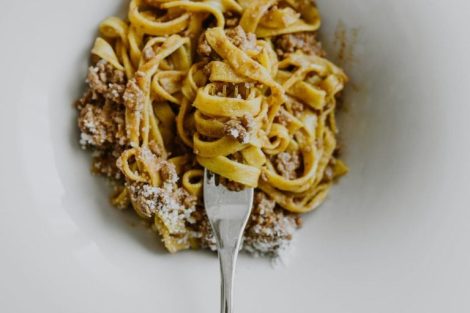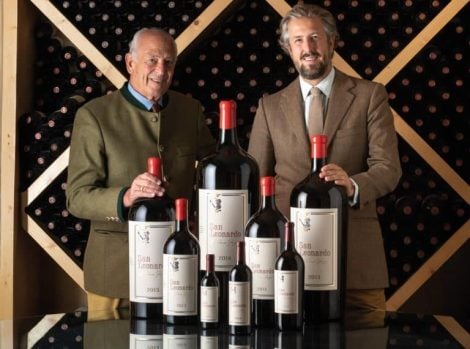There's no hiding it: among wine enthusiasts, certain grape varieties are perceived as more prestigious than others, and Riesling is certainly among them. There are two main types of this variety: Rhine Riesling and Italian Riesling. The names betray their origins. While the former comes from the Rhine and Moselle valleys and is also grown in Austria, the latter is mainly found in Italy. Interestingly, there seems to be no genetic relationship between the two grapes.
Moreover, the origins of Italian Riesling are still shrouded in mystery. Some texts trace its roots to France, from where it supposedly arrived in Germany, where it was called "foreign Riesling" (Welschriesling) to distinguish it from the Rhine Riesling (Rheinriesling), before eventually reaching Italy. Others claim it derives from the grape variety Aminea Gemella mentioned by Columella, which the Romans used to produce Falernian wine. While there might be some genetic similarities with Greek varieties, recent studies have ruled out a direct descent.
The wines produced from these two grape varieties also exhibit several differences. While Rhine Riesling can yield whites with good acidity and structure, great aromatic and gustatory persistence, with typical aromas reminiscent of hydrocarbons that become increasingly prominent in the aromatic spectrum after a few years of aging; Italian Riesling is more suitable for fresh and fragrant wines, light and easy to drink.
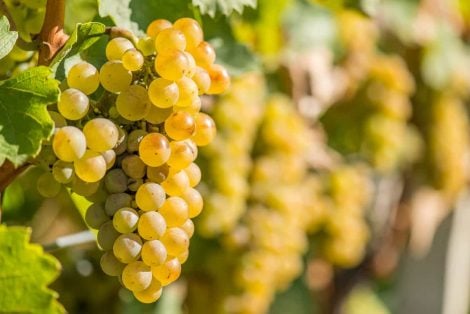
Both types are present in Italy: the spread of Rhine Riesling mainly concerns the northern regions; the grape has found suitable areas for its characteristics especially in Trentino Alto Adige, Oltrepò Pavese, Veneto, and Friuli Venezia Giulia. Italian Riesling competes for almost the same territories, especially in the southern area of Lombardy.
The Rieslings with the best value for money
The following list represents a journey through the Rieslings produced in our country that we reviewed in the Berebene 2024 guide and, therefore, combine remarkable quality with excellent value for money.
The "Alta collina di Faedo," the mastery of the duo Mario Pojer and Fiorentino Sandri, and the commitment of the new generations of these decidedly winemaker families manage to elevate the quality level of wines that are both international and local. This is best demonstrated by the 2022 Riesling, with its intriguing acidic backbone, hints of exotic fruits, anise, and plum, so well balanced that it will withstand long aging. A true standout.
The 2021 Marie is an airy Rhine Riesling, fragrant with helichrysum and sage, extremely pleasant to drink. Massimo and Giuseppe Tosi, sons of Agostino, who founded the winery with his brother Piero in the 1960s, have been responsible for carrying on the family legacy for about twenty years now. The vineyards extend not only to Montescano but also to the contiguous municipal territories of Montù Beccaria and Castana, on the first hills, between 200 and 300 meters above sea level. The cultivated grapes are those of the Oltrepò Pavese tradition: Croatina, Barbera, Pinot Noir, Italian and Rhine Riesling, plus small plots of indigenous varieties such as Vespolina and Uva Rara. They make their debut in a detailed description that convinced us to trust them.
The Manuelina company, owned by the Achilli family, is constantly growing in our annual tastings, and alongside an increasingly successful range of Metodo Classico wines made from Pinot Noir grapes, the Riesling Renano Filare 52 2021 stands out, initially scented with wildflowers, basil, Mediterranean hints, and citrus, soon accompanied by mineral notes of flint and a spicy touch. Beautiful and smooth on the palate, extremely pleasant to drink. The Achilli family, with the Manuelina company, actively participates in the enotourism panorama of Oltrepò Pavese, offering new and innovative hospitality experiences.
Never before have such valuable Rieslings come from Oltrepò Pavese as this year; among them, Isimbarda's wine could not be missing, as the winery was one of the first to believe in this grape variety. Le Fleur has been the best selection from the Vigna Martina for several years now, and the 2021 vintage does not disappoint with its intriguing aromas of Mediterranean scrub, laurel, and white moss. It fills the mouth with fleshy and harmonious flavors, while the first mineral hints of future evolution emerge.
For years, we've been saying that Paolo Verdi, now supported by his son Jacopo and soon also by his second daughter Laura, is one of the best winemakers in Oltrepò Pavese, capable of ranging from reds to whites, to Metodo Classico, always with extremely high-quality peaks. The Riesling Renano Vigna Costa 2021 has character and progression to spare. The scents of mint and basil anticipate a palate that is extremely fresh, rich, and deep.
For years, the Finigeto company led by Aldo Dallavalle has been gradually increasing its level, presenting more and more convincing and interesting wines. This is the case with this 2020 Rhine Riesling Lo Spavaldo Ris., which was released after adequate bottle aging and presents itself as elegant and harmonious on the nose, with ample scents of sage and iodine, and a fresh, precise, clean, vibrant, rich, and mineral mouthfeel that entices the sip and suggests further evolution over the years.
The Pienosole 2019 Riesling is one of the wines produced by the Scuropasso Roccapietra company, led by Flavia Marazzi and her father Fabio, to lead the company. The activities revolve around three key projects, each representing a distinctive family passion. The first concerns Metodo Classico, with long stays on the lees, brought together under the prestigious Roccapietra brand. The second project focuses on Buttafuoco, a traditional red wine, with three different labels and the recent entry into the Historical Buttafuoco Club. Finally, great value is given to Italian Riesling, which Fabio and Flavia aim to enhance as a still characterful wine.

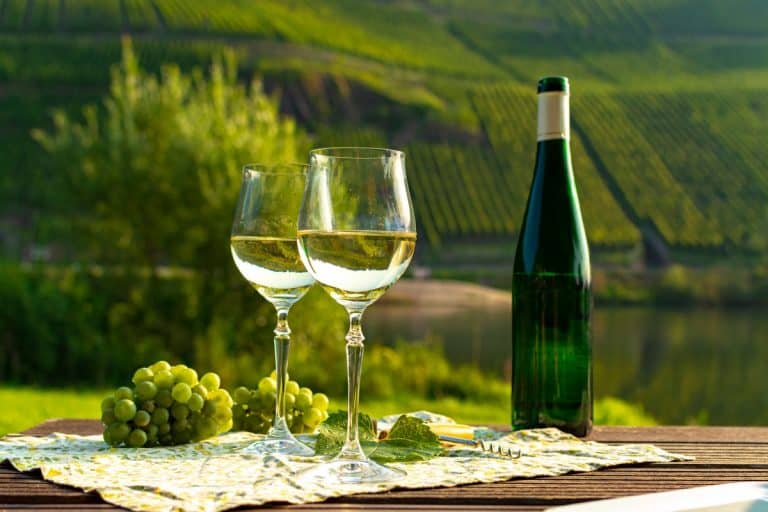
 The oil always moves north, reaching England. How the map of olive trees is changing due to climate change
The oil always moves north, reaching England. How the map of olive trees is changing due to climate change The Nobel Sandwich we tried at CERN, just steps from antimatter
The Nobel Sandwich we tried at CERN, just steps from antimatter The two young talents from Gattinara revolutionising Italian cuisine
The two young talents from Gattinara revolutionising Italian cuisine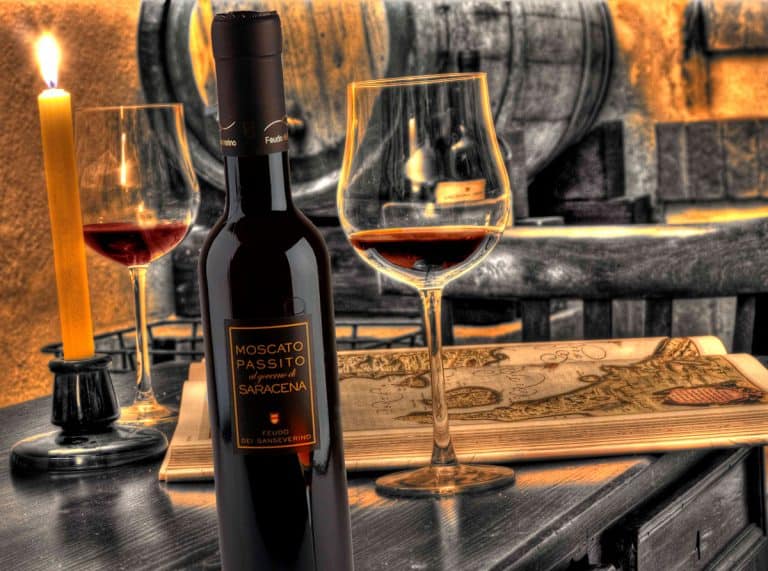 Here is the Meditation Wine of the Year according to Gambero Rosso
Here is the Meditation Wine of the Year according to Gambero Rosso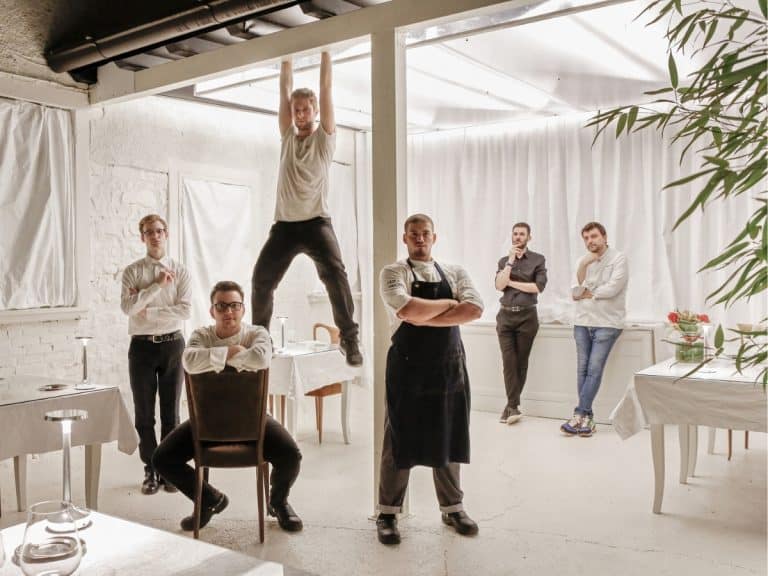 The 6 new 'Tre Forchette' restaurants of Gambero Rosso: here they are
The 6 new 'Tre Forchette' restaurants of Gambero Rosso: here they are



